Existing User Log In
New User Registration
Register for a free account to gain full access to the VGChartz Network and join our thriving community.



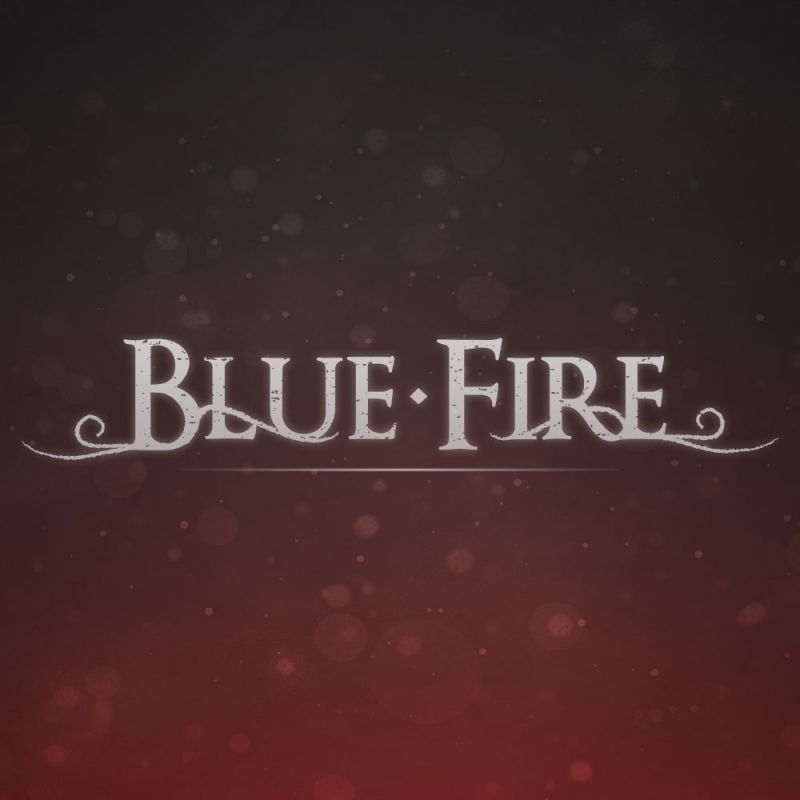

America - Front
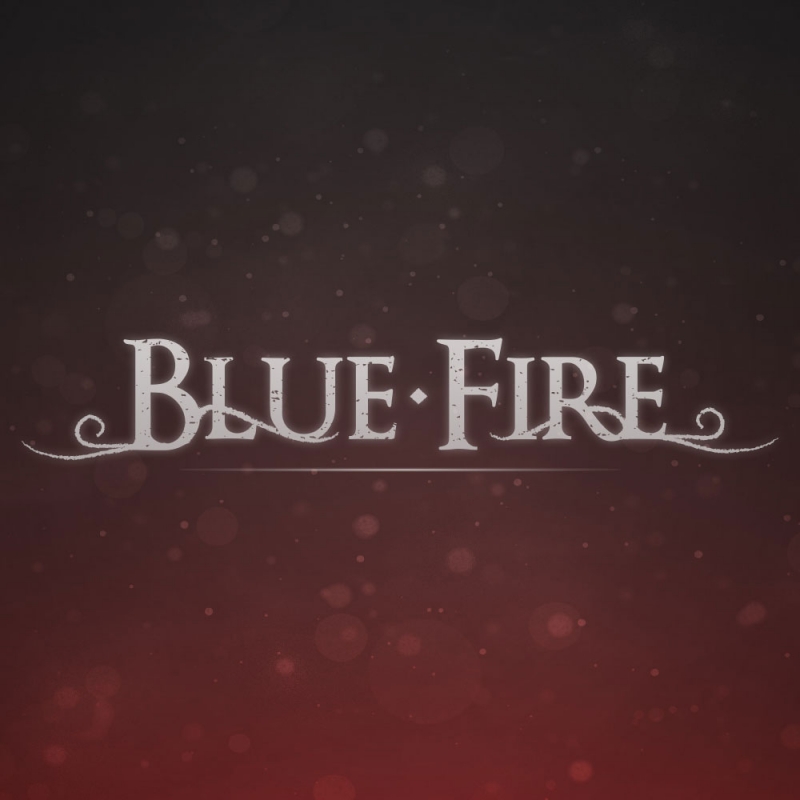

America - Back

There are few things in video games as intriguing and romantic as a castle. Whether it's Peach's Castle in Super Mario 64, Dracula's Castle in Castlevania: Symphony of the Night, or the castle from Ico, there's just something innately adventurous about the setting. That's in part why Blue Fire, an action-adventure game from Argentinian developer ROBI Studios, makes such a strong initial impression. Its very first visual is a giant shadowy castle, suspended impossibly in air, set against a gray, desolate landscape. For much of the game — especially in its opening few hours — Blue Fire successfully capitalizes on this remote, mysterious, medieval backdrop. Regrettably, in the back half of the game, ROBI shifts away from its winning ways.
As Blue Fire unfolds, its castle setting proves to be something much grander — a floating kingdom called Penumbra, filled with cities, keeps, and dungeons. Designed to protect its inhabitants from the encroaching darkness on the ground, Penumbra has nevertheless been breached. Its shrines are corrupted and its halls infested with inky growths. In this time of despair, a hero, imbued with both light and shadow, rises to meet the challenge.
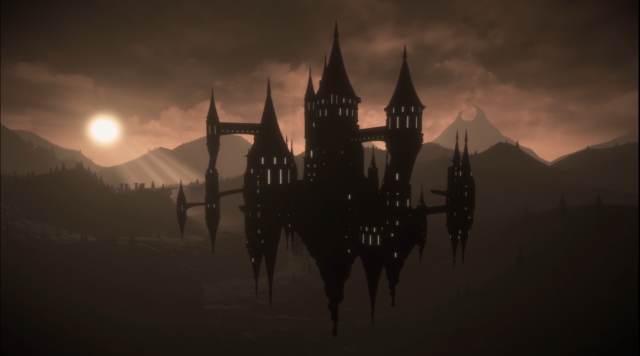
Blue Fire is a 3D action-adventure-platformer that owes its identity to a few other properties. Boiled down to its essential elements, it features the overworld structure of Dark Souls, the dungeon design of The Legend of Zelda, and the platforming mechanics of something like A Hat in Time. Surprisingly, all these elements work well together, particularly in the front half of the game.
Let's talk about that front half. It's here where the influences of Dark Souls and Zelda are most potent. Indeed at times it feels like some alternate-reality sixth-gen collaboration between Hidetaka Miyazaki and Eiji Aonuma — in the best possible way. As you begin the game, you'll move conservatively through Penumbra, careful not to meet an untimely death. If you do die, you'll drop all your accumulated orbs and need to march back to reclaim them — an obvious nod to one of the Souls series' signature mechanics. Another nod to From Software's flagship franchise: Penumbra itself, a dangerous, mysterious kingdom with interconnected areas and several unlockable shortcuts. You'll start in a barracks of sorts, descend into the sewers, and then ride an elevator up into a desolate, ivy-covered town, Stone Heart City. These first few hours are magical.
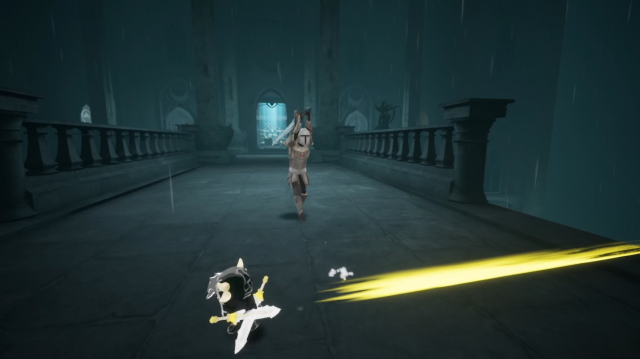
Stone Heart City houses the game's first dungeon, which is more 3D Zelda than anything. With puzzles, chests, monsters, a powerful relic, and an end boss, it follows the Nintendo blueprint faithfully. After completing the first dungeon it's back to the overworld to discover and beat the next one.
If Blue Fire stuck with this gameplay loop — Souls-like exploration and Zelda-like dungeon-diving — it would be a sure-fire winner. Unfortunately, there's a bit of a bait-and-switch halfway through the game. After the second instance, dungeons are dropped altogether. The hero is given a new task: find three sub-bosses called Shadow Lords who protect the final boss. The methodical, incremental exploration and diverting dungeons that defined the first half of the game are thus replaced with time-consuming backtracking and a few isolated boss battles. One of the Shadow Lords sits at the end of an entirely new area, Firefall River — which is great, even if it's the least interesting stretch of the game — but the other two demand that you revisit earlier areas.
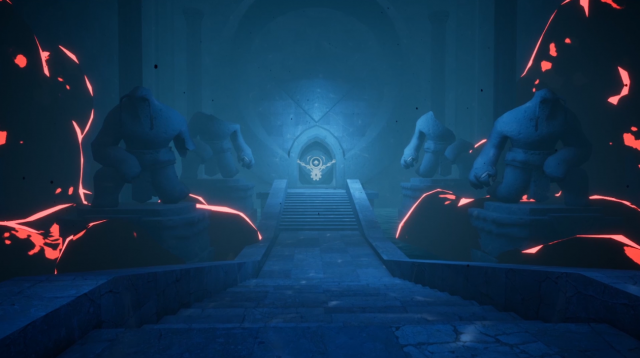
The most tedious mission involves the Soul Vessel. After collecting this sphere you must return to four different areas of Penumbra and collect 15 glowing orbs per area in order to unlock the door to the final Shadow Lord. It feels like unnecessary filler. Ultimately, as a result of this late-game change-of-pace, Blue Fire, which lasts around 11-12 hours, ends up feeling both too short and too long — too short because the promise of its early hours doesn't materialize and too long because of extra padding toward the end.
One area unaffected by Blue Fire's midway deviation is platforming. It's arguably the best, most reliable part of the game. Thanks to precise controls and a host of mid-air maneuvers, moving around Penumbra is a blast.

The apex of 3D platforming comes in the form of Voids, self-contained platforming gauntlets (think secret stages from Super Mario Sunshine). There are 16 in total, each ranked from one to five stars, denoting difficulty. Filled with lots of vertical and horizontal jumping, tons of deadly hazards, and plenty of interesting platforming conceits, Voids are incredibly challenging and rewarding.
Visually, Blue Fire embraces a serviceable low-texture, cel-shaded look. Sometimes the cartoony aesthetic clashes with the game's gothic architecture and sinister storyline, but in general it works fine. Music, conversely, is much more than fine. The soundtrack by Ariel Contreras-Esquivel is remarkable. It leverages a handful of instruments — flute, oboe, English horn, and violoncello — plus the soprano voice of Silvina Tolosa in mesmerizing ways.
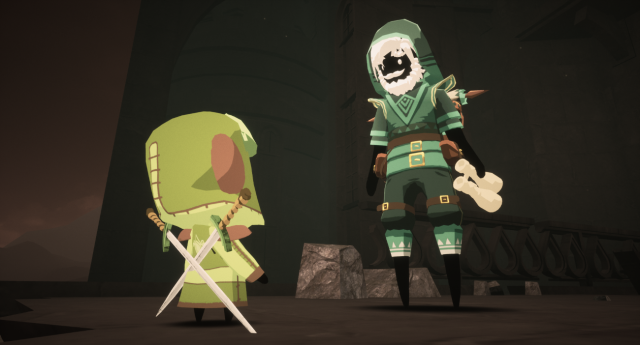
While Blue Fire on Switch doesn't display any visual glitches or bugs, it's not entirely perfect. There are many typos in its written dialogue. Now, one or two typos isn't a big deal, but when errors occur at a higher rate, as they do here, it tends to break the illusion of the game.
Even if Blue Fire doesn't live up to its moody, mysterious first impression, it's still a worthy experience, particularly if you gravitate toward titles like Dark Souls, The Legend of Zelda, and A Hat in Time. The second half of the game suffers from some pacing and structural issues, but doesn't erase the outstanding first half's heady mix of dangerous exploration and dungeon diving.









